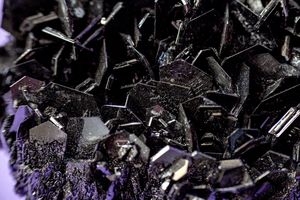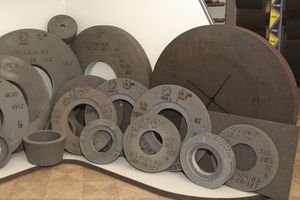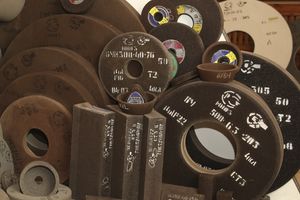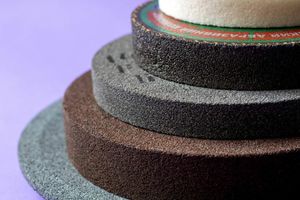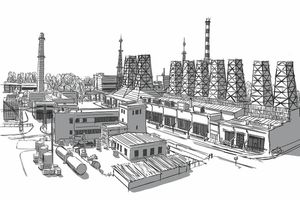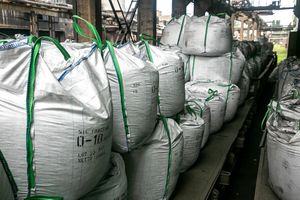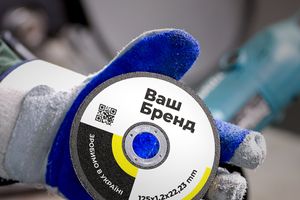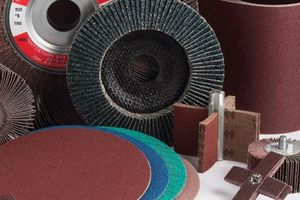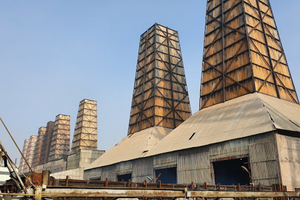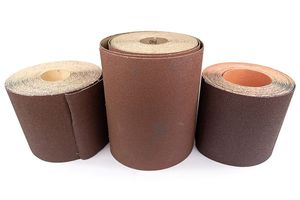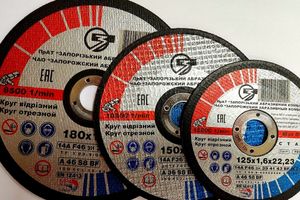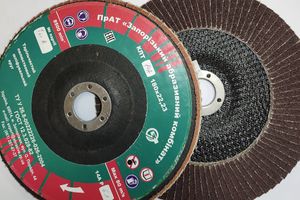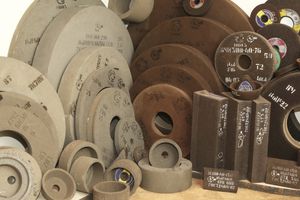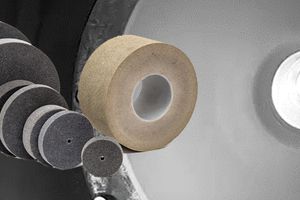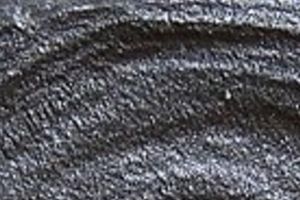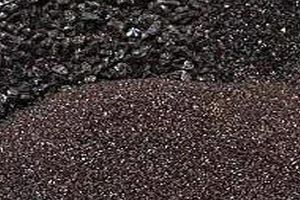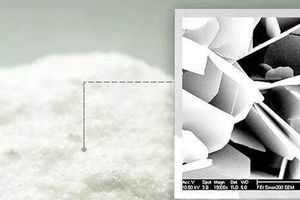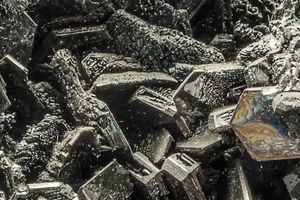An abrasive tool is a tool used to finish surfaces with abrasive materials such as sandpaper, abrasive wheels, grinding stones, etc. These tools are used to grind, polish, cut or shape various materials including metal, wood, glass, stone and others.
In the process of work, abrasive materials remove the top layer of the material, creating the desired shape or texture of the surface. This process can be done manually, for example with sandpaper, or with specialized machines, such as grinders or circular grinders.
The choice of abrasive tool depends on the specific task and the material to be processed. For example, abrasive wheels made of corundum or silicon carbide are often used for grinding metal surfaces, while sanding papers of different grits can be used for wood processing.
It is important to follow safety rules when using abrasive tools, as they can be dangerous if used incorrectly.
Initial use of an abrasive tool
Primitive humans used abrasive materials to process and shape other materials long before the advent of modern abrasive tools. One of the first known examples of the use of abrasives is the use of sand and stones for grinding and polishing treated surfaces.
Throughout ancient history, humans used abrasives to make a variety of tools and implements, including stone knives, arrow heads, and other objects. Later, with the rise of metallurgy, abrasives became an important component in the manufacture of metal tools, such as blades for weapons or agricultural implements.
In medieval times, new methods of manufacturing abrasive materials were developed, such as grain from ground glass or crushed quartz, which made it possible to achieve greater efficiency in the process of processing various materials.
Over time, the development of technology has made it possible to create more efficient and powerful abrasive tools, such as grinding machines, diamond discs and other modern tools, which have greatly facilitated the process of processing materials and are used in various industries and repairs.
The role of abrasives in metallurgy

Metallurgy, as an industry, depends on a large number of materials and processes for the production of metal alloys and products. Abrasives are one of the key elements in this process. Abrasives are materials that have the ability to wear and grind other materials, and they play a critical role in various aspects of metallurgy.
1. Grinding and Polishing
One of the main applications of abrasives in metallurgy is the grinding and polishing of metal surfaces. During the production of metal parts, abrasives are used to remove irregularities, prepare surfaces for processing or coating, as well as to create a smooth and high-quality final surface.
2. Cutting and Shaping
Abrasive materials are also used for cutting and shaping metal parts. For example, abrasive discs, saws and drills are used to cut, drill and shape metal workpieces. This process is especially important in the manufacture of complex shapes and products, where accuracy and speed are critical.
3. Cleaning and Preparation of Surfaces
For many metallurgical processes, it is necessary to have clean surfaces to ensure the quality and reliability of the final product. Abrasives are used to clean metal surfaces from oxidation, dirt, paint or other impurities. This can be important before welding, plating or other treatments.
4. Production of Grinding and Abrasive Materials
The very process of production of abrasives is an important branch of metallurgy. The production of grinding wheels, paper, polishing pastes and other abrasive materials requires special technologies and materials. This creates a specific segment of production that serves as the basis for many other industries.
In metallurgy, abrasives play an integral role in many aspects of the production of metal parts and products. They help achieve high quality, precision and efficiency in various processes, from raw material processing to final product processing. Using the right abrasives and processing methods are essential to success in the metallurgical industry.
The Industrial Revolution and the Abrasive Tool
The industrial revolution is marked by significant changes in the technological landscape, which led to a sharp increase in production, changes in production processes, and improvements in manufacturing methods. This period of history had a great influence on the development of abrasive tools, which became an important component in industrial production.
Increase in Production Volumes
The Industrial Revolution led to a large-scale increase in production in many industries, such as engineering, textiles, metallurgy, and others. This required new technologies and tools to process materials faster, more efficiently and more accurately.
Increasing Requirements for Product Quality
With the growth of competition in the market, the need for the production of high-quality goods increased. This presented manufacturers with the task of improving the quality of surface treatment of products. Abrasive tools have become key to achieving this goal by grinding, polishing and finishing materials.
Development of New Technologies
The industrial revolution contributed to the development of new technologies in the field of material processing. The invention of new materials for the manufacture of abrasives, the improvement of methods of their production and application have largely determined the development of abrasive tools.
Automation and Mechanization
The industrial revolution was also accompanied by large-scale automation and mechanization of production processes. Abrasive tools are used in a variety of mechanized systems for grinding, polishing and surface finishing, increasing productivity and reducing labor costs.
The industrial revolution played a key role in the formation and development of abrasive tools. The wide implementation of these tools in industrial production contributed to increasing the efficiency and quality of production processes, which in turn stimulated the further development of technologies and production. The impact of the industrial revolution on abrasive tools is still noticeable in modern times, where they are an integral part of many industrial processes.
Industrial Revolution and abrasive tools
The Industrial Revolution, which began in the 18th century in Great Britain and spread throughout the world, had a significant impact on the industrial landscape and production methods. The development of the abrasive tool is one of the key aspects of this period, as it provided the necessary processing of materials for mass production.
Productivity increase
The industrial revolution contributed to the transition from manual labor to machine production. Abrasive tools, such as grinding wheels and sands, allowed materials to be processed quickly and efficiently, thereby increasing productivity and reducing production costs.
Product Quality Improvement
With the help of an abrasive tool, it was possible to achieve high-quality surface treatment. This allowed manufacturers to create more accurate and high-quality products that met the growing demands of the market and consumers.
Reduction of Resource Costs
Abrasive tooling allowed efficient use of resources, as it minimized material waste during processing. This helped to reduce costs and increase the economic efficiency of production.
Development of New Industries
The emergence of the abrasive tool also stimulated the development of new industries such as metallurgy, automobile industry, construction and others. These industries used abrasives for a variety of purposes, from metalworking to grinding and polishing.
In the context of the industrial revolution, abrasive tools became an important component of industrial production, which contributed to increased productivity, improved product quality, and the development of new industries. It played a key role in shaping the modern industrial base and continues to be an important tool in today's manufacturing.
Technological achievements of the 20th century and abrasive tools
The 20th century was marked by significant technological breakthroughs that changed the face of industry and society as a whole. The development of abrasive tools played an important role in this process, helping to improve production, efficiency and quality of products. Let's look at the main technological advances of this period and their impact on the abrasive tool.
Development of Synthetic Materials
Breakthroughs in synthetic materials such as silicon carbide and diamonds have played an important role in improving the quality and efficiency of abrasive tools. These materials have been used to create grinding wheels, sands and other tools with high resistance and wear resistance.
Development of Precision Technologies
The introduction of precision manufacturing technologies, such as computer numerical control (CNC) and other automated systems, has made it possible to create more accurate and reliable abrasive tools. This improved the processing quality and reduced product deviations.
Development of New Types of Grinding Tools
During the 20th century, new types of grinding tools were developed, such as abrasive discs of various shapes and sizes, grinding pastes and diamond coatings. These innovations allowed manufacturers to achieve greater precision and efficiency in the processing of various materials.
Application of Ultrasonic Technologies
The use of ultrasonic technologies in abrasive production contributed to the improvement of processing quality and reduction of the time required for processing. This allowed manufacturers to process complex shapes and materials faster and more efficiently.
Technological advances of the 20th century played an important role in the development of the abrasive tool, which allowed to increase productivity, accuracy and quality of production. Thanks to the introduction of new materials, manufacturing technologies and processing methods, abrasive tools have become an integral part of modern industrial production, contributing to further progress and innovation in this field.
Modern trends of abrasive tools
Modern abrasive tools continue to evolve, responding to the demands of modern industry and production. Some of the key trends in this industry include:
Use of Nanomaterials
The use of nanomaterials in the production of abrasive tools makes it possible to achieve greater accuracy and efficiency of processing. Nanomaterials provide superior wear resistance and mechanical strength, making them ideal for demanding manufacturing applications.
Development of Precise Technologies
The use of precision technologies, such as computer numerical control (CNC) and 3D printing, allows the creation of abrasive tools with higher precision and reliability. This helps to ensure higher quality processing and reduce deviations in production.
Environmental Consciousness
Growing attention to environmental issues is prompting manufacturers of abrasive tools to develop more environmentally friendly materials and production processes. This may include using secondary resources, reducing emissions, and implementing more energy-efficient technologies.
IoT Automation and Integration
The automation of production processes and the integration of the Internet of Things (IoT) allow manufacturers to effectively manage the production of abrasive tools, identify faults and optimize processes in real time. This helps to increase productivity and reduce costs.
Extension of Applications
Through constant research and innovation, abrasive tools are becoming more affordable and effective in a variety of industries, including automotive, medical, electronics, and more.
These trends reflect the continuous development of abrasive tools aimed at increasing productivity, quality and environmental sustainability of production.
The prospects for the development of abrasive tools are great, and many new opportunities are opening up thanks to the combination of technological innovation, sustainable development and environmental friendliness. Increasing the efficiency and quality of production, as well as reducing the impact on the environment, determine the main directions of development of this industry.

